If your nails could talk, what would they say? While the idea of them suddenly striking up a conversation with you is far-fetched, your nails might be trying to tell you something. Even if they’re buffed, polished, and shaped to perfection, what’s going on underneath can reveal a lot about their health — and also tip you off to other things going on in your body.
“It's essential to recognize that changes in nail health can sometimes be the first sign of an underlying health problem,” says Dr. Lauren Moy, a board-certified dermatologist and plastic surgeon based in Los Angeles. “Therefore, if you notice any significant changes in your nails, it's important to consult a dermatologist or health care provider for evaluation and appropriate management.”
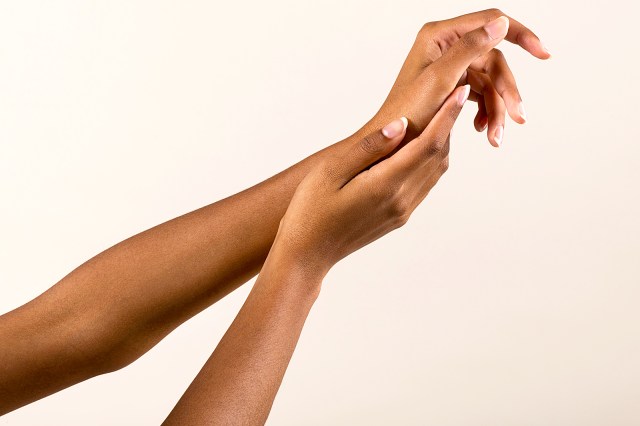
What Healthy Nails Look Like
Healthy fingernails should be smooth in appearance, without pits or grooves, and their color should be uniform, according to the Mayo Clinic. A few variances are normal, however; some vertical ridges can be common with age, as can white lines or spots due to injury.
“Normal nails are pink with a white crescent at the base,” Dr. Moy says. She adds that they should have a consistent thickness, be slightly curved with a flat surface in shape, and be symmetrical in size, shape, and color.
Cuticles are important in assessing your nails’ health, too. Dr. Moy says that healthy cuticles are smooth and intact, without signs of inflammation, redness, or peeling. The Mayo Clinic cautions against having your cuticles removed during a manicure, as they act as a sealant to the nail plate and their removal can contribute to infection.
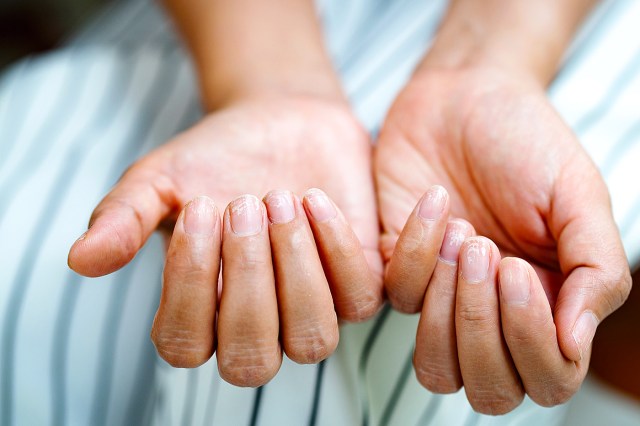
Signs of Unhealthy Nails
Any sudden changes to the appearance of your nails are worth a second look. “Abnormal colors like yellowing, brownish discoloration, or dark streaks could indicate underlying health issues or infections,” Dr. Moy says, although she notes that some medications (such as chemotherapy drugs, retinoids, or antiretrovirals) can cause nail changes as a side effect. Check with your doctor if you aren’t sure.
Similarly, “irregularities such as ridges, pitting, or grooves may signify nail disorders or systemic medical conditions,” she adds.“Excessive thickness or thinning may indicate nutrient deficiencies, fungal infections, or systemic diseases.” She also says that changes in the shape of your nail, such as clubbing (when parts of the nail appear large or bulging) or spooning (when nails look concave), can be signs of respiratory or cardiovascular diseases.
Another important irregularity to look for: discolorations that appear as lines running from the cuticle to the tip of the nail. According to the Cleveland Clinic, these can be cancerous melanomas or benign moles; African Americans and people of Asian descent are more likely to experience these as normal pigmentation changes. The Cleveland Clinic also recommends looking out for a condition called Beau’s lines, marked by lines that run side to side across the nail, as this could be a symptom of acute kidney disease.
Any other prominent changes in your nails, such as bleeding, swelling, or pain around the nail bed, or an unusual failure of your nails to grow, merits a consultation with your doctor or dermatologist.
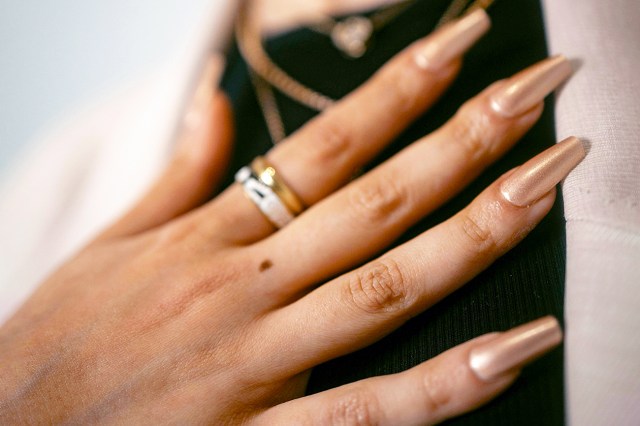
What Contributes to Poor Nail Health
Perhaps not surprisingly, poor hand hygiene can contribute to poor nail health, according to the Centers for Disease Control and Prevention (CDC). That includes improper cleaning and trimming of fingernails, where dirt and germs can allow the growth and spread of certain infections such as pinworms. Long fingernails also may harbor dirt and bacteria and make the spread of infection more likely. Signs of infection include swelling of the skin around the nails, pain in the surrounding areas, and thickening of the nail, which can be serious and should be treated by a doctor.
Excessive moisture exposure can be another reason for unhealthy nails, so keep your rubber gloves handy when deep cleaning. “Prolonged exposure to water or harsh chemicals without protection can weaken nails and lead to infections,” Dr. Moy says. Other external factors she cites are injuries to the nails, such as biting, or trauma from activities like sports. Even manicures can be detrimental in excess — over-buffing and the too-frequent use of acrylic and gel products can harm nails.
Dr. Moy also points to nutritional deficiencies as a cause of unhealthy nails. “Inadequate intake of essential nutrients like protein, vitamins, and minerals can lead to weak, brittle nails,” she says.
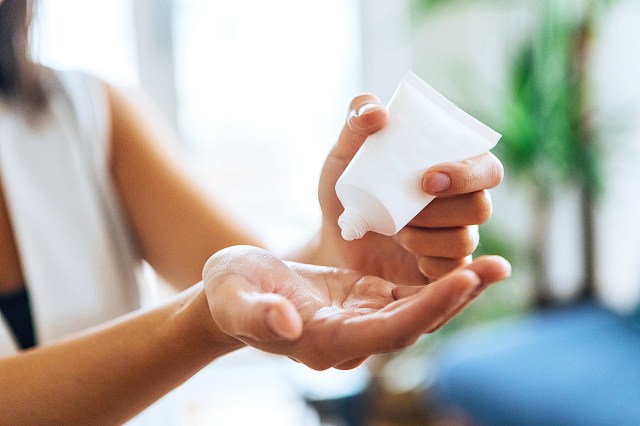
How To Make Your Nails Healthier
Along with basic nail hygiene, Dr. Moy suggests applying adequate moisturizer to the nails and cuticles to keep them hydrated and to prevent dryness and cracking. But she also stresses that it's vital to start from within. “Consuming adequate protein, vitamins — especially biotin — and minerals like iron and zinc can promote healthy nail growth,” she says. “Drinking plenty of water helps maintain nail hydration and prevents brittleness.”
Supplements, such as biotin and collagen, claim to make your nails healthy and strong. However, Dr. Moy says to proceed with caution — you can have too much of a good thing. “Biotin is a B7 vitamin found naturally in cooked eggs, salmon, avocado, pork, sweet potatoes, and seeds. Some research has shown that biotin can improve brittle nails,” she explains. “However, consuming too much biotin may interfere with heart tests and affect thyroid tests.”
Collagen appears to be everywhere, claiming to delay skin aging, maintain shiny hair, and keep joints and bones functioning. While Dr. Moy cites a study by the National Institutes of Health (NIH) that shows collagen’s promise for boosting nail health, she still feels the science isn’t quite there yet. “[There’s] still not enough evidence to prove collagen supplements improve nail health,” she says. “In fact, most oral supplements fall short when it comes to promoting nail health — unless the reason behind the nail concerns is a vitamin deficiency.”
This article is for general informational purposes only.
Affiliate Disclaimer Medical Disclaimer



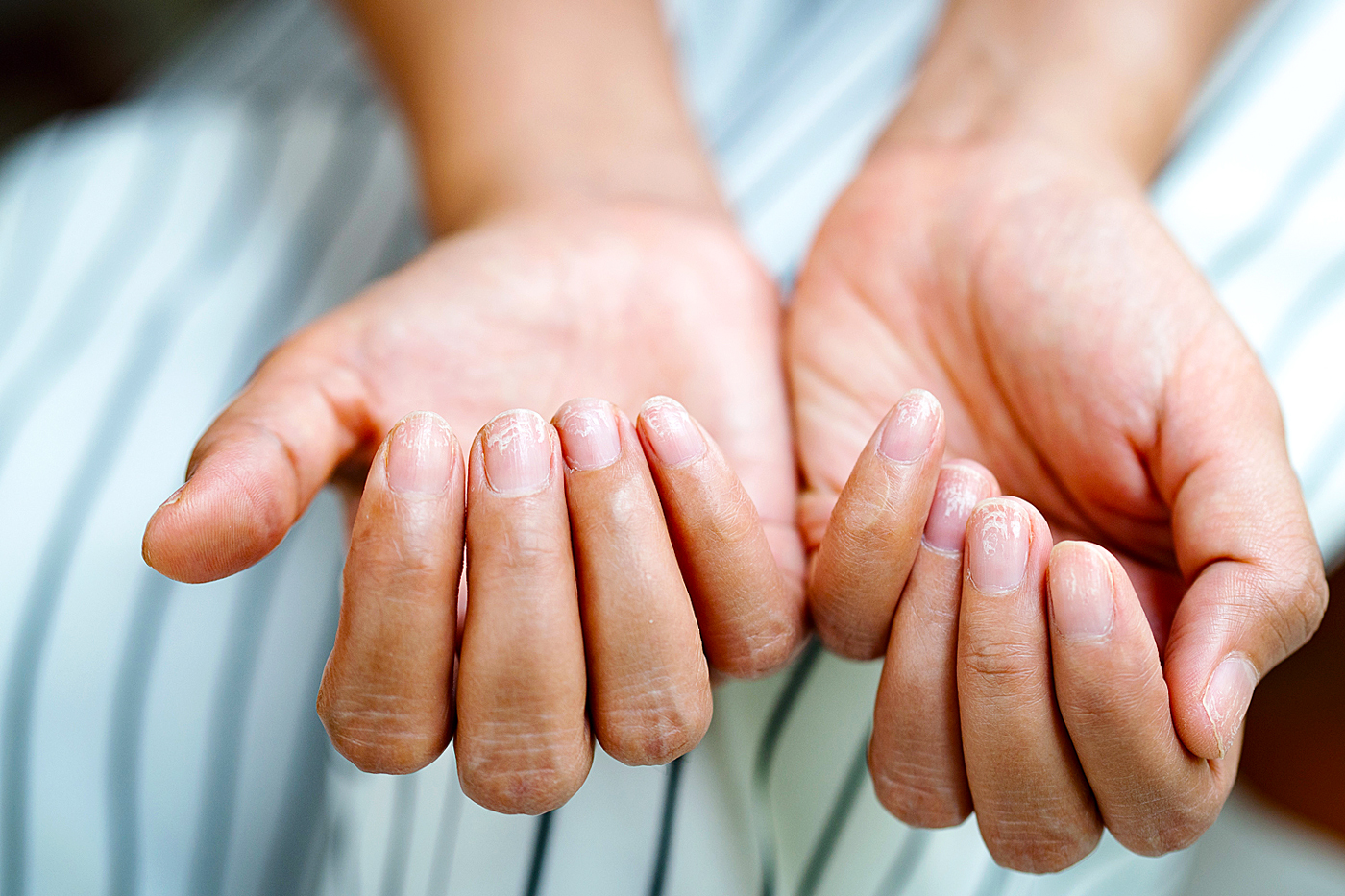
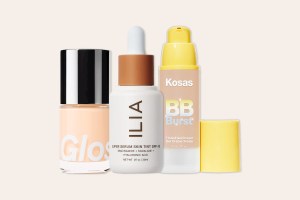



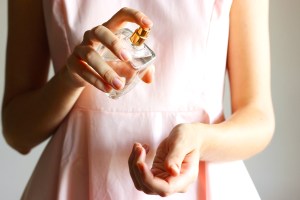
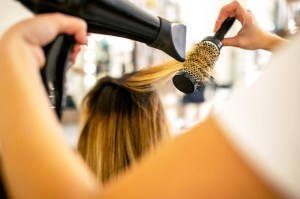
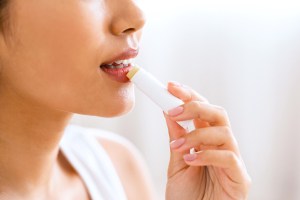
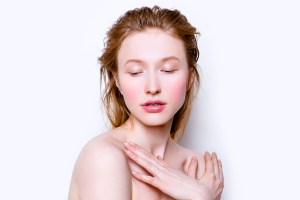


 Unique Beauty is free for all users.
Unique Beauty is free for all users.